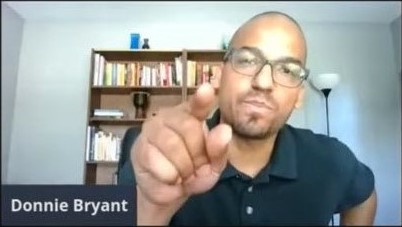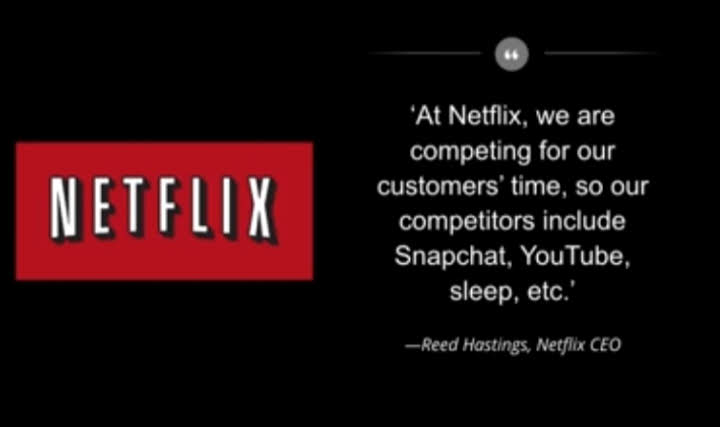“What’s the biggest mistake copywriters make that destroys their conversions?”
When I’m out speaking, doing workshops or online trainings, that’s one of the questions that comes up almost every time.
It’s hard to give just one ultimate copy faux pas. There are so many… and they can be extremely costly.
Some are obvious:
- Focusing on your company or product instead of your prospect
- Writing about features instead of benefits
- Using technical jargon and stuffy, corporate language when you should write conversationally.
Other mistakes are much less obvious. I want to talk about three of them today.
You’re not likely to find these mentioned in copywriting books. In fact, you probably won’t learn about them in many higher-priced courses, either.
They’re hard won on the battlefield of direct response… where seemingly small slip-ups can cost hundreds of thousands or even millions of dollars in lost revenue.
Why is no one teaching these persuasion lessons?
Because they’re not sexy. And they’re not easy to sum up in tweet-sized sound bites.
But if you’re willing to dig a little deeper than most of your peers, this hidden wisdom can change everything for you.
Lesson #1: Your USP’s Magnetic Power Doesn’t Come From You
Copywriting and general marketing books often make a big deal out of finding and communicating your unique selling proposition (USP) or unique value proposition. And rightly so. Establishing your business, product or service as unique in the marketplace is important.
But we’ve tried to make USPs simple, even mechanical.
A + B = C
Target Audience + Problem + Solution = USP
In the process of making formulas like these, marketers have completely missed the point.
No matter what it seems like, the most important characteristic of a USP isn’t its uniqueness. Customers don’t buy a product simply because it’s different.
Today, there are more options than ever before to solve every conceivable problem or satisfy any desire.
People buy because a product or solution is uniquely suited to fulfill their specific desire.
A USP is not what’s magnetic. The attraction comes from within the would-be buyer himself.
To quote psychotherapist Anthony de Mello, “We see people and things not as they are, but as we are.”
Customers see your products as THEY are. Their desires and beliefs dictate how they perceive your business and your USP.
Here’s what that means for you.
When writing sales copy, it’s usually a mistake to spend too much time focused on what you (or your client, as the case may be) think is unique about the product.
It’s far more powerful to highlight that specific need or desire that drives your ideal customer into the market in the first place.
Write copy that awakens that desire… that shows them you understand that pain at a deep level. This helps the reader convince himself that what you’re offering is uniquely suited for his situation.
Force-feeding your “one of a kind” product is more likely to create magnetic repulsion — the exact opposite of what you’re trying to accomplish.
Lesson #2: Copy Should Empower Readers (Even If the Message Starts With Negative Emotions)
You may already know the fear of loss is emotionally twice as powerful as the positive anticipation of gain.
That’s one of the major reasons fear-based copy can be so effective. When done well, it grabs attention, earns buy-in from the reader and prepares them for the hope of salvation… in your product or service.
Many entrepreneurs shy away from the negative stuff in copy. They don’t want to be fearmongers and scare potential buyers away.
Big mistake.
Those businesses lose out on sales — and they allow readers to underestimate the severity and imminence of the problems they face.
That being said, you can go too far with fear and pain.
Rather, fear and pain are great for opening copy and when you’re closing the sale (fear of missing out)…
But in the middle of the message, we’ve found it boosts response to add empowering content to the main body of the sales piece.
One of the most effective ways to empower your reader… to make it easier for him to take the next step toward his desired outcome… is to add an educational element to your copy.
In my own split testing, I’ve seen conversions jump as much as 25–40% by providing valuable tips, actionable recommendations, etc., right in the sales message instead of just “selling.”
Other great copywriters, including the legendary Gary Bencivenga, have reported similar results.
If the reader benefits just from reading the marketing message, you’ve made the sale before the sale.
Quality educational content…
- Establishes you as an authority on the subject
- Differentiates you from peddlers who only care about making the sale and
- Begins to demonstrate to the reader that HE CAN DO THIS, that this can actually work for him.
When you’ve done it right, a sense of hope may begin to form in the reader’s mind: hope that the result he imagines can finally become reality.
In so doing you win an important victory — and the long-term benefits accrue for both you and your reader.
Lesson #3: The “Who” Matters More Than the “What”
I hope the overstatement here is obvious.
The most important characteristic of sales copy is that the product or service being promoted is something prospects actually want to buy.
But more than most marketers and entrepreneurs realize, the person the message is coming from is often a powerful sales multiplier.
You need to be the kind of personality your readers like. Someone they want to be around and hear from.
Someone they want to buy from.
Think about celebrities the media are obsessed with. The ones whose faces are on magazine covers everywhere you go. A big percentage of the population drops whatever they’re doing to pay attention to these personalities.
You can give your readers a chance to become THAT interested in you.
Put your unique idiosyncrasies on display.
Show the reader you share certain values, i.e., you’re in the “same club.” That kind of affinity is one of the best shortcuts for writing persuasive sales copy.
This is why many financial newsletters come from a conservative or libertarian perspective.
The newsletter audiences tend to be older and more conservative, so the copy speaks that language.
As divisive as politics can be, it can bond people together like Gorilla Glue when you’re on the same side.
That sort of affinity turbocharges copy. It’s hard to teach that in copywriting books because different audiences have different affinity hooks.
It’s your job as a copywriter and marketer to find them.
When you share values in common (or at least appear to), when you’re on the same side and when you’re promoting a product or service that’s uniquely suited to scratch the itch that’s been driving your reader crazy…
… the sales copy feels more like a conversation between friends than anything else.
This can skyrocket sales today (front and back end) AND increase loyalty over time. Even if the reader doesn’t buy from you today, he’s much more likely to keep reading your adventures whenever you send them out.
By earning this loyalty, you get to sell to the reader time after time. More sales conversations equal more sales. And yet it feels less like selling to the reader.
Dive in and Reap the Benefits
These concepts don’t necessarily work with fill-in-the-blank templates. They require some customer research… and some creative thinking on your part.
But I can tell you, based on tens of millions of dollars in products sold, these lessons can make all the difference in the world.








